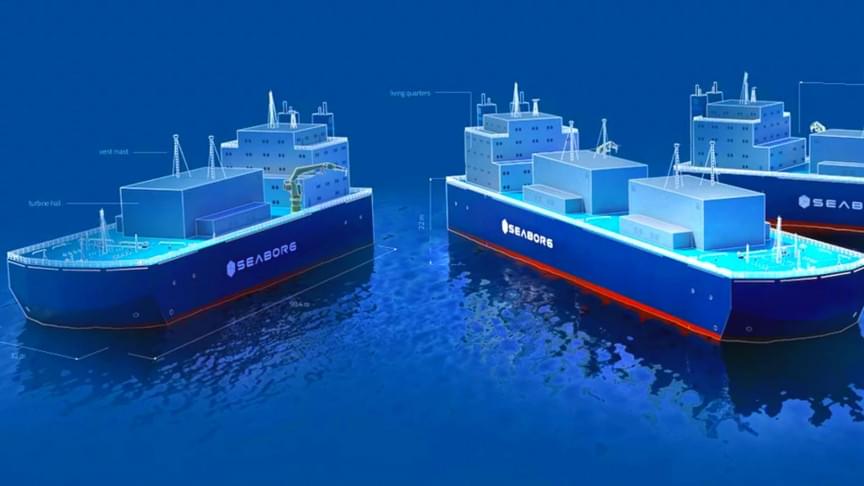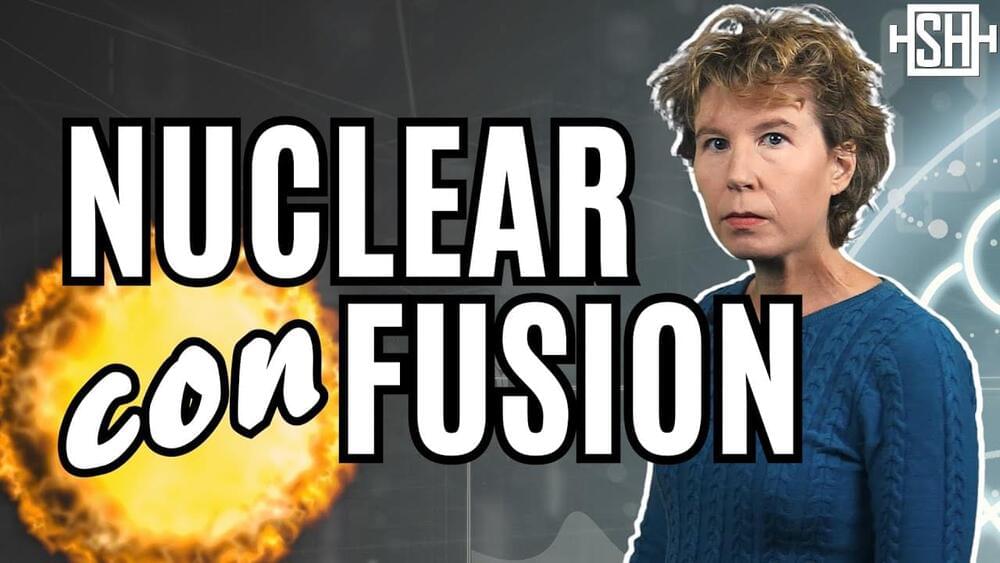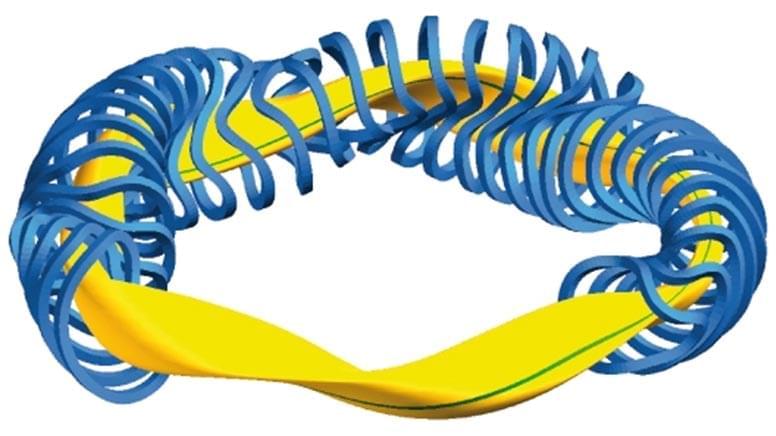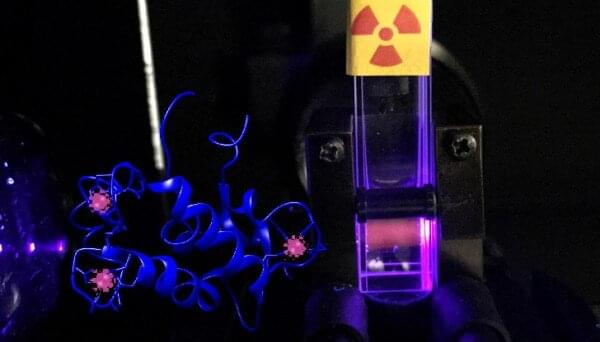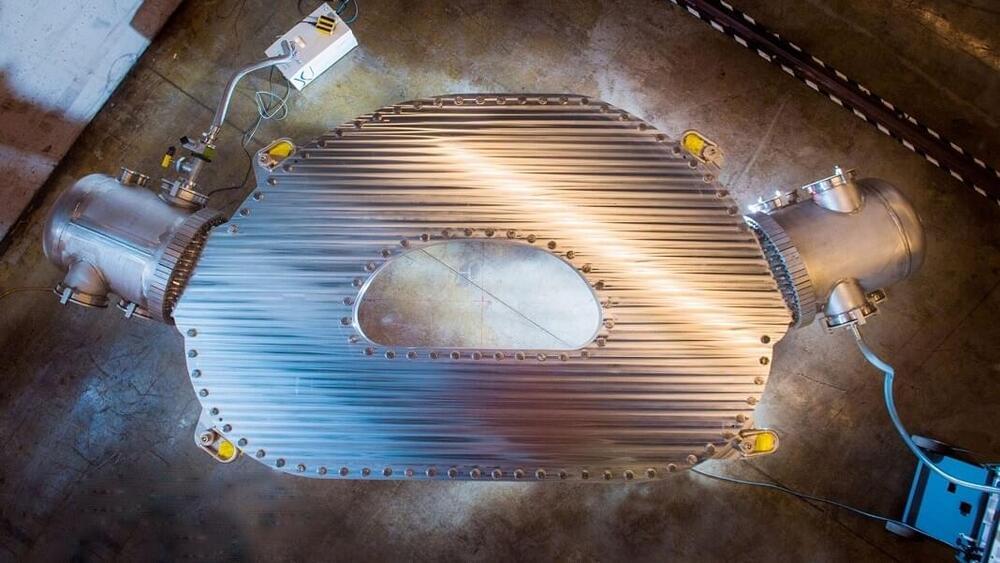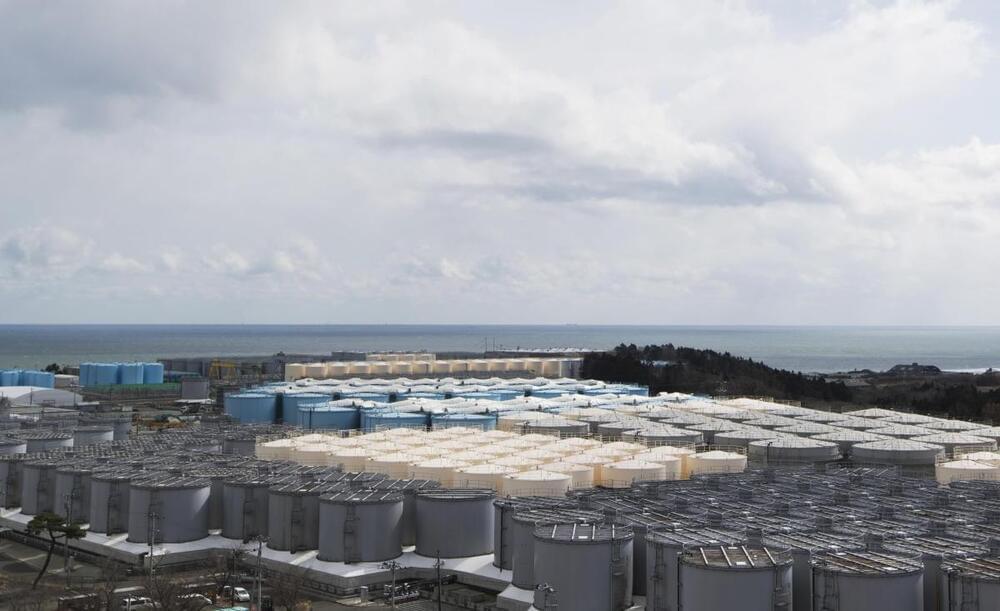Oct 4, 2021
A Company Is Producing Thousands of Cheap, Floating Nuclear Reactors
Posted by Shailesh Prasad in categories: nuclear energy, solar power, sustainability
While wind turbine and solar power platforms are beginning to take to the sea, another, more established form of power might also avoid hiking real estate costs.
A Copenhagen-based startup just raised funding to the sum of eight figures in Euros to begin construction of a new kind of cheap, flexible, portable, and unyieldingly safe nuclear reactor, according to a press release shared by the company, Seaborg Technologies.
Continue reading “A Company Is Producing Thousands of Cheap, Floating Nuclear Reactors” »
